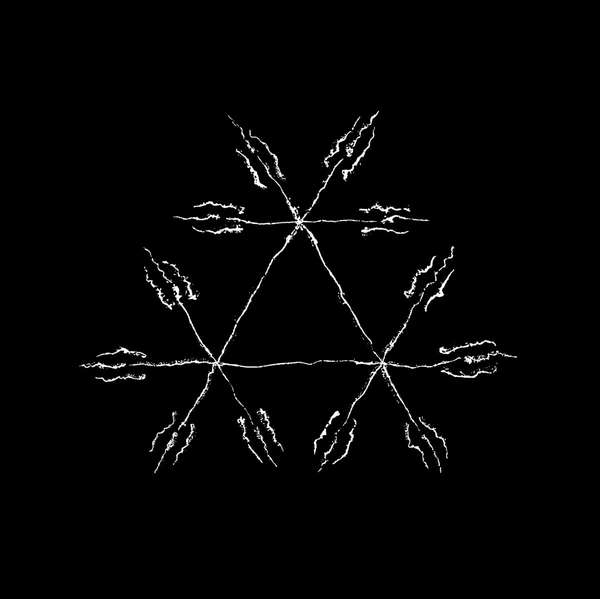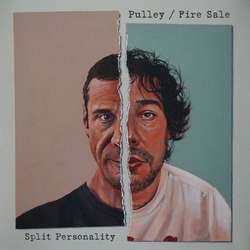Osmium brings together four artistic heavyweights, united not just by a shared experimental ethos, but by a love of bespoke and often self-made instruments. On their debut record, Hildur Guðnadóttir harnesses the unstable feedback of the halldorophone, a cello-like instrument designed by Halldór Úlfarsson. James Ginzburg (emptyset) contributes tamboura-like drones using a monocord of his own design. Sam Slater operates in the rhythmic domain, wielding a custom-designed self-oscillating drum. Finally, Rully Shabara delivers a vocal performance that may be the most alien instrument of all. But what lies beneath this impressive collection of craftsmanship? What is the underlying essence of Osmium's self-titled debut?
The album opens in startling fashion, a tribal storm erupting from Shabara's voice, which leads the procession. Yet the music's uncanny potency emerges from the slow, tectonic interplay between feedback, rhythm and drones. It is at once ancestral, and futuristic, a recital that has originated in the palaeolithic period and mutated over millennia to reach this form. This is the Osmium's lifeblood: a heavy, dragging demeanour pulled forward by sheer will.
Despite its improvisational air, there is a deliberate design at the hear of the album. "7" channels this fluidity into a precise moment, its staccato rhythms driving forward with intent. It fits alongside the warlike hymn in "3," where the percussion prepares for battle and mayhem, a bloodied rite that spares no one. On "1," this escalates to a near-apocalyptic vision, Shabara's delirious recital conjuring cosmic collapse. Everything converges in the Bacchic frenzy of "5," where spiritual upheaval crosses into the material world, obliterating order through chaos.
Osmium operate on multiple levels. While the percussion and voice dominate in the foreground, it is the halldorophone and the monochord that define the record's backdrop. On "2," something menacing brews beneath, a subtle touch that builds pressure through exquisite feedbck. Minimalism heightens this effect on "6," where looming drones slowly morph the sonic landscape. The ape comes with "4," where pendulum-like feedback motifs swing with metallic force, conjuring a soundscape that is both torturous and scathing.
Osmium's brilliance lies in merging ancient ritual with avant-garde craftsmanship. Their debut can be seen as a radical reinvention of traditional and folk music, not unlike Wardruna and their meditative, historical scope. Yet, Osmium's futurist impulse, echoing the feverish visions of Einstürzende Neubauten, propels the essence into alien terrain. The forms may have evolved, even become unrecognizable at times, but the fire of tradition still burns within. That is the record's great achievement, a sound equally rooted in the ancient and projected forward toward the unknown.



